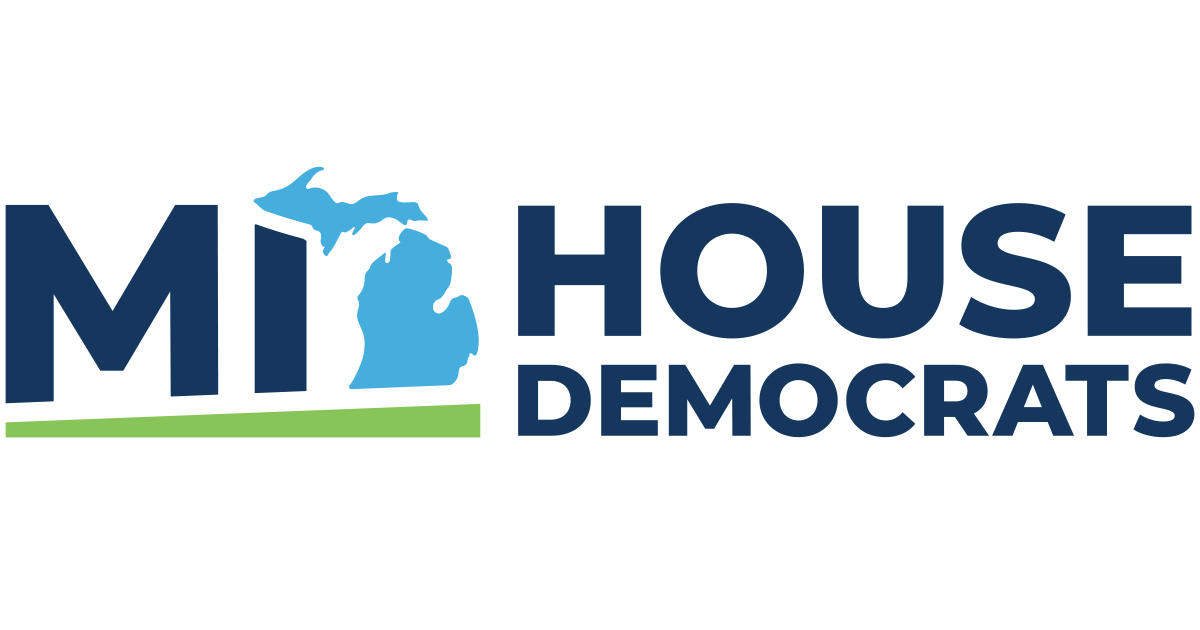LANSING — State Representative Bill LaVoy (D-Monroe), Democratic vice chairman of the House Energy Policy Committee, and state Senator Hoon-Yung Hopgood (D-Taylor), Democratic vice chairman of the Senate Energy and Technology Committee, announced legislative Democrats’ principles to increase renewable energy generation in Michigan. The concept will lure investment and business to the state, creating thousands of jobs, while keeping utility costs affordable for residents.
“Through 2014, renewable energy projects have brought nearly $3 billion in investment to Michigan, and utilities are on track to meet the 10 percent goal required in current law,” LaVoy said. “As long as renewable energy remains economically viable the percentage of power generation should increase. Additionally, increasing Michigan based generation keeps jobs and investment in Michigan.”
The primary focus of the Democratic guidelines will be to increase Michigan’s renewable portfolio standard (RPS) and increase energy efficiency standards. According to a report from The Hill Group, an RPS increase would generate as much as $6 billion in economic activity and create tens of thousands of jobs. The Michigan Public Service Commission (MSPC) noted that in 2012, every dollar that utilities spent on energy efficiency saved consumers an estimated $3.83 in reduced energy costs.
“This plan is pro-business, pro-consumer and pro-environment. Michigan has the potential to be a leader in renewable energy and create thousands of jobs for hardworking men and women across the state,” Hopgood said. “That’s why it’s crucial that we act this year. With these energy principles, my Democratic colleagues and I are ready to get to work.”
The Democratic guidelines would:
- Build on the success of the current bipartisan RPS goals with a new target of 20 percent by 2022, allowing “off-ramps” for new technologies and more affordable alternatives
- Forbid surcharges to consumers for meeting the new RPS target
- Close the loophole that allows certain corporations from accessing out-of-state energy markets unless they can demonstrate a direct need based on jobs and cost to consumers, and provide that any savings in that reform be used to reduce rates for residential payers
- Raise energy efficiency standards to 2 percent, further reducing costs for residential and industrial utility customers
- Work with stakeholders to develop a more robust process to advocate on behalf of residential utility customers
- Prioritize our energy infrastructure needs, including electrical grid reliability and capacity, and pipeline safety
- Develop an affordable long-term strategy that ensures a single Michigan energy market that unites our two peninsulas
There is overwhelming public support for increasing renewable energy and energy efficiency. The Michigan Conservative Energy Forum commissioned a poll from Public Opinion Strategies in late 2013. Among the findings, the poll showed that more than 75 percent strongly support an increased RPS, and 84 percent support more energy efficiency programs. The support extended to self-identified conservative voters.
“With such strong public support from both ends of the political spectrum, it’s clear that this plan is the right way forward for Michigan’s energy sector and our economy,” LaVoy said. “I look forward to working with my Republican colleagues to put these guidelines into action and create jobs while saving residents money.”
“Michigan’s RPS is one of the lowest in the nation, and just last month, Illinois lawmakers introduced legislation to raise their renewable standards,” Hopgood said. “If Michigan wants to stay competitive with other states and lure investment, we need to give businesses in this thriving sector a reason to locate here.”
